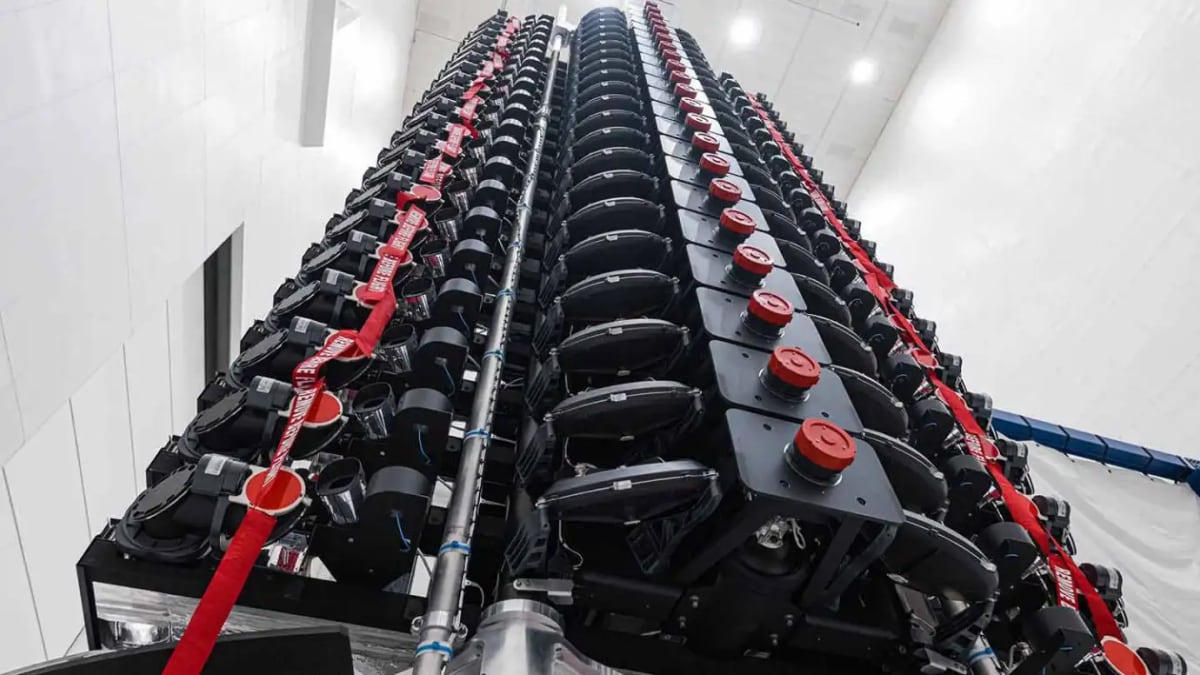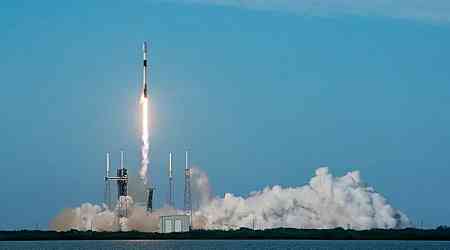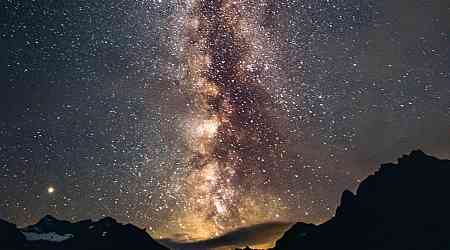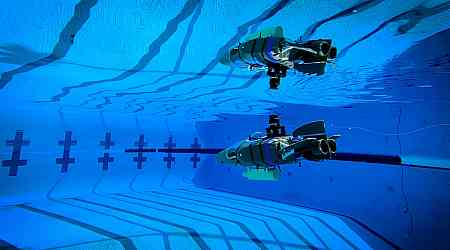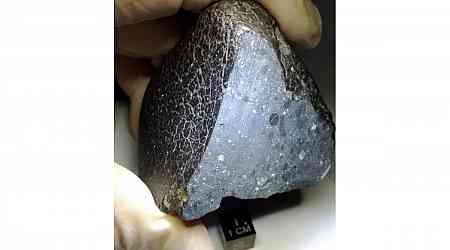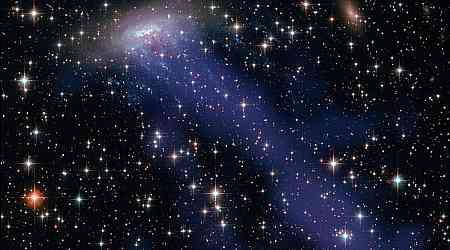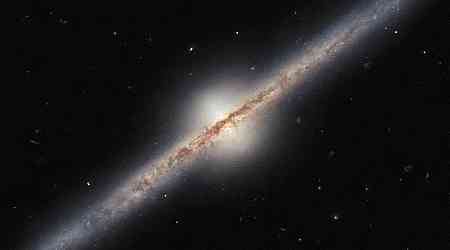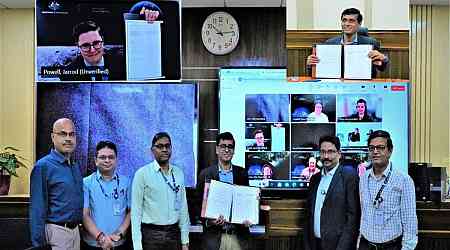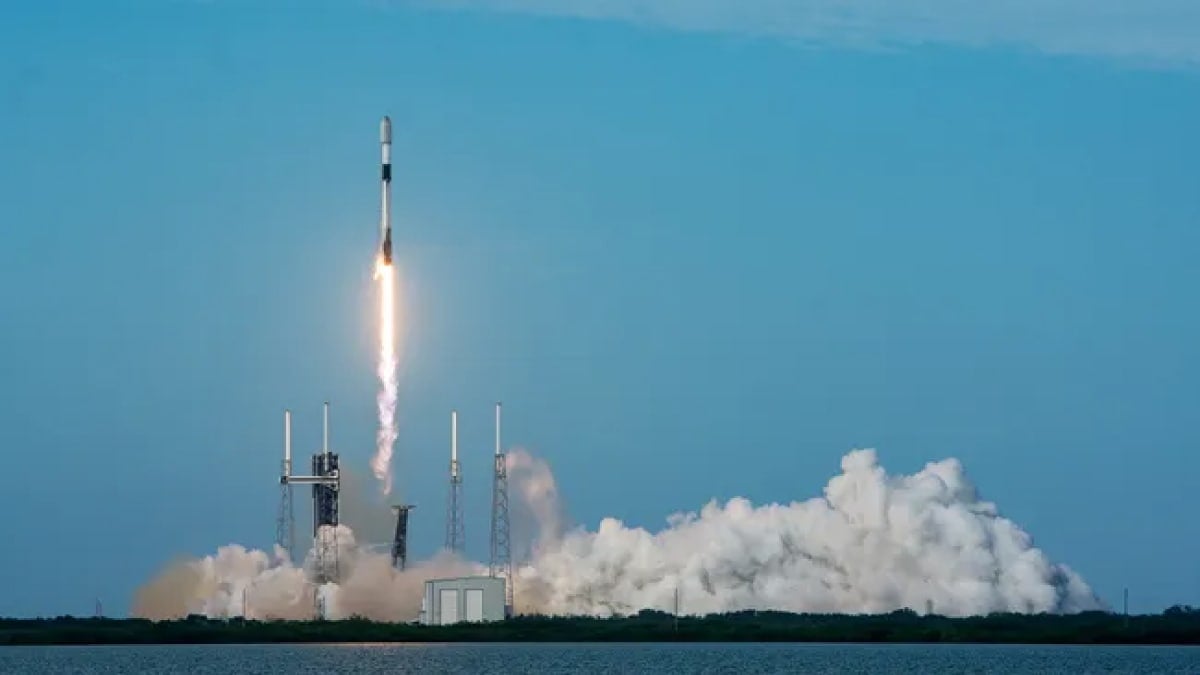The growing presence of satellite debris in Earth's atmosphere has raised significant concerns among scientists about its potential environmental consequences. With over 10,000 active satellites currently orbiting the planet—a figure predicted to surpass 100,000 by the 2030s and potentially half a million in the decades ahead—the environmental implications of satellite re-entry and disintegration are being closely examined.
Increasing Satellite and Rocket Emissions
Research published in Metals from Spacecraft Reentry in Stratospheric Aerosol Particles (2023) identified that 10% of aerosol particles in the stratosphere contained these metals, originating from satellite and rocket re-entry. When satellites reach the end of their operational life, they often re-enter the Earth's atmosphere, burning up in the process.
This event releases various pollutants into the upper atmosphere, including aluminium and other metals. The study, led by Dr Daniel Murphy, an atmospheric scientist at the US National Oceanic and Atmospheric Administration (NOAA), brought significant attention to this issue.
Findings by Connor Barker, an atmospheric chemist at University College London, showed a sharp rise in emissions from satellite re-entries. According to research published in Developing Inventories of By-products from Satellite Megaconstellation Launches and Disposal to Determine the Influence on Stratospheric Ozone and Climate (2024), aluminium and nitrogen oxide emissions increased from 3.3 billion grams in 2020 to 5.6 billion grams in 2022.
Rocket launches further contribute to atmospheric pollution through substances such as black carbon, aluminium oxide, nitrogen oxides, and chlorine gases.
Threats to the Ozone Layer
The impact of these pollutants on the ozone layer has been a key concern. The ozone layer, crucial for blocking harmful ultraviolet rays from the Sun, faces potential harm from aluminium oxide, a known catalyst for ozone depletion. This threat, coming after the success of the Montreal Protocol in curbing ozone-destroying substances like chlorofluorocarbons, has alarmed scientists.
In an interview with Science News, Dr Murphy highlighted other environmental risks, noting that soot from rocket engines absorbs solar energy, warming the atmosphere. Metals like copper, released during satellite disintegration, can catalyse chemical reactions affecting cloud formation and atmospheric chemistry.
A Call for Further Research
The growing number of satellite launches demands urgent research into their environmental impact. Understanding these risks will be critical in mitigating potential long-term effects on the planet's atmosphere and ecosystems.


















